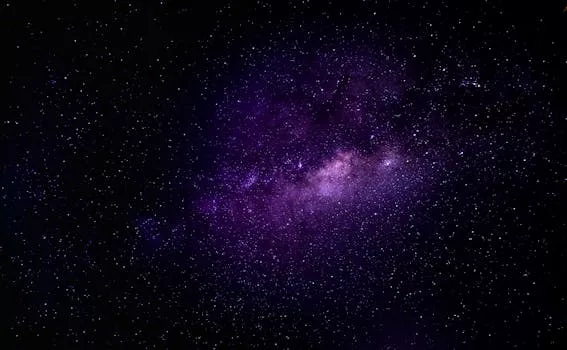
“
Beyond the Milky Way: Imagining New Worlds and Possibilities
Introduction to Space Exploration
As we gaze up at the night sky, it’s hard not to wonder what lies beyond the reaches of our Milky Way galaxy. For centuries, humans have been fascinated by the possibility of other worlds and civilizations existing beyond our own. With the help of advanced telescopes and space probes, we have made significant progress in exploring the universe and discovering new planets and star systems. In this article, we will delve into the latest discoveries and the potential for life beyond Earth.
Exploring the Galaxy and Beyond
The Milky Way is just one of billions of galaxies in the observable universe. Our galaxy is a spiral galaxy, consisting of hundreds of billions of stars, stellar remnants, interstellar gas, dust, and dark matter. The Milky Way is estimated to be around 100,000 light-years in diameter, and it is thought to contain between 200 and 400 billion stars. Beyond our galaxy, there are many other galaxies, each with its own unique characteristics and features. For more on the imagination surrounding these vast realms, check out Charting New Realms.
New Worlds and Possibilities
In recent years, astronomers have discovered thousands of exoplanets, some of which are believed to be located in the habitable zones of their respective stars. The discovery of exoplanets has opened up new possibilities for the search for life beyond Earth. One of the most promising exoplanets is Kepler-452b, a rocky world that orbits a G-type star (similar to the Sun) and is about 60% larger in diameter than Earth. Other notable exoplanets include Proxima b, which orbits the nearest star to the Sun, and TRAPPIST-1e, one of seven Earth-sized planets that orbit an ultracool dwarf star.
Takeaways
- The Milky Way is just one of billions of galaxies in the observable universe.
- There are thousands of exoplanets that have been discovered, some of which are believed to be located in the habitable zones of their respective stars.
- The search for life beyond Earth is an ongoing area of research, with scientists using a variety of methods to search for signs of life, such as the detection of biosignatures in the atmospheres of exoplanets.
Conclusion
The exploration of space and the discovery of new worlds and possibilities is an exciting and ongoing area of research. As we continue to explore the universe, we may uncover new and exciting discoveries that challenge our current understanding of the cosmos. Whether or not we ultimately find life beyond Earth, the search itself is a fascinating journey that has the potential to inspire new generations of scientists, engineers, and explorers.






